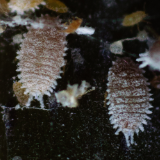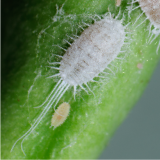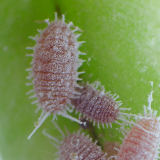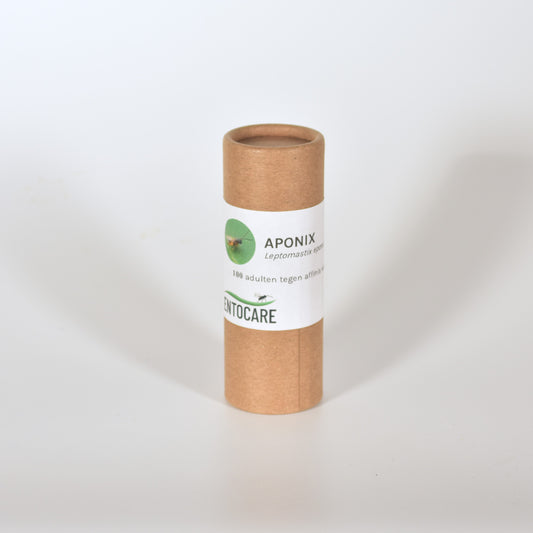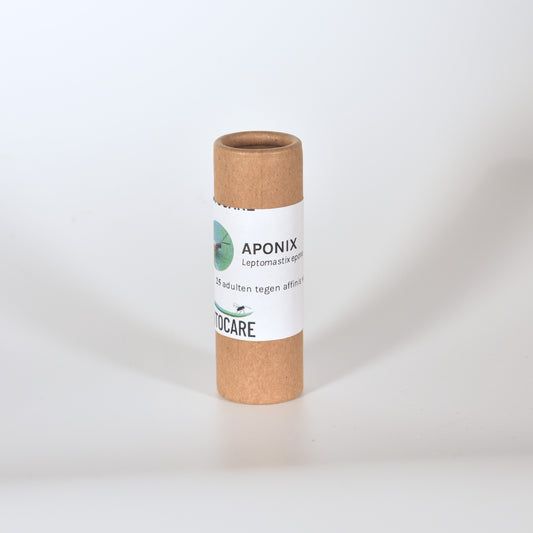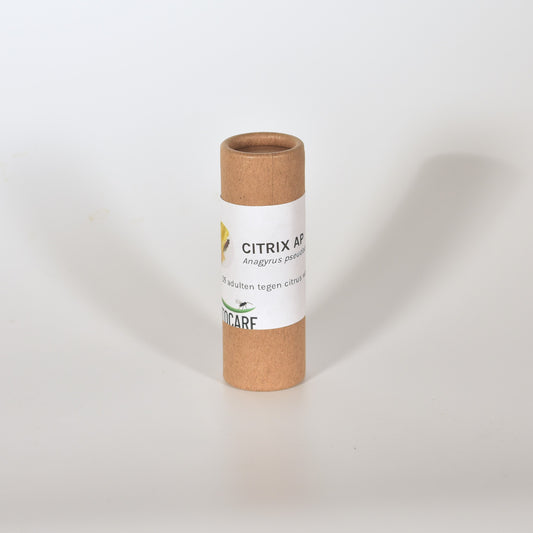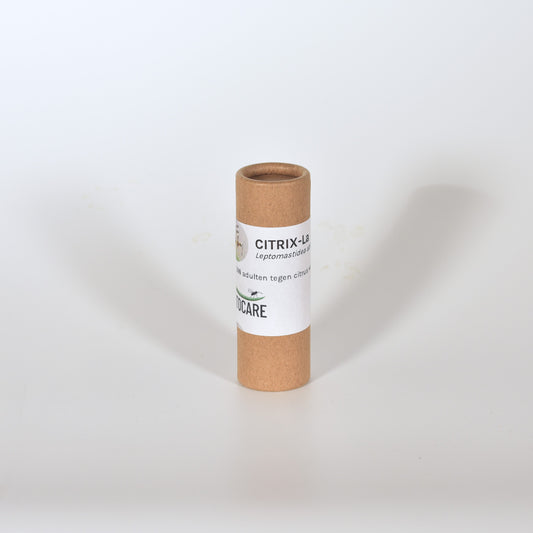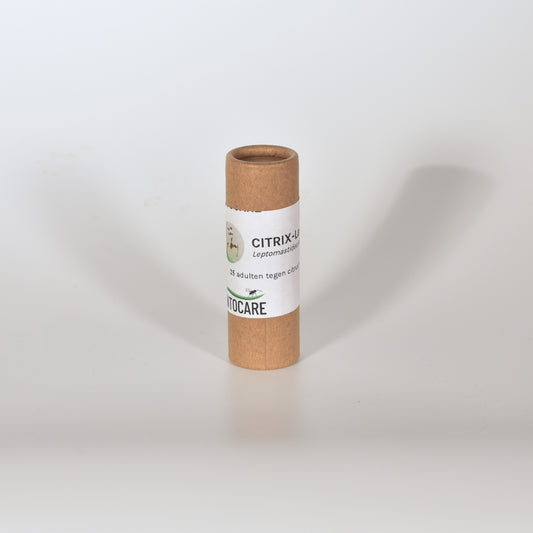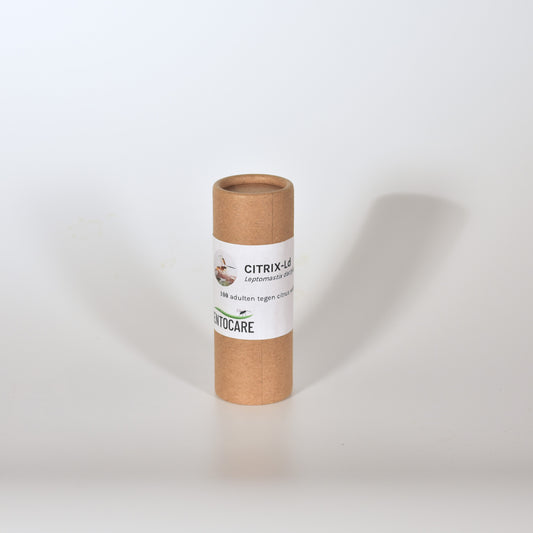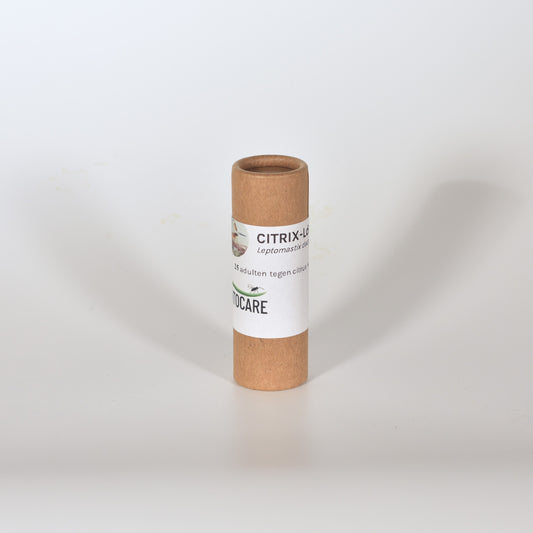
Common mealybug species
How to recognize mealybugs
Mealybugs are fairly common. Their body is covered with a layer of white waxy filaments, which explains their name. You can find them on many different plant species, both in floriculture and horticulture. What we call mealybugs are in fact many different species. They all share a body that is covered in white, waxy filaments, but differ in length of (tail)filaments, stripe pattern on their back and body colour. Most species deposit up to hundreds of eggs in a white mass of wax filaments. Fortunately only a small part of these eggs will develop into adult mealybugs. A single species of mealybug does not produce an egg mass, but is viviparous, which means that the eggs hatch within the female. For some species mating is essential prior to oviposition. Male mealybugs are very different in appearance from female mealybugs: they are much smaller and have wings. They only live a few days and within that time they have to find a female to mate with.
To be able to choose the most effective natural enemy to control mealybugs it is essential to know which mealybug species is present.
Damage by mealybugs
Mealybugs are a nuisance especially in tropical ornamental crops, but they can also be harmful to vegetable crops. Mealybugs are sap-sucking insects. This causes cosmetic damage, stunted plant growth and leaf malformations. In extreme cases mealybugs take up to much plant sap that entire plant stems die off and fail to produce fruits.
All species of mealybug produce a sticky substance called honeydew, which causes the plants to become sticky. The honeydew enables black sooty molds to grow, which hinder photosynthesis and are therefore indirectly harmful to the plant.

A female and a male long-tailed mealybug

